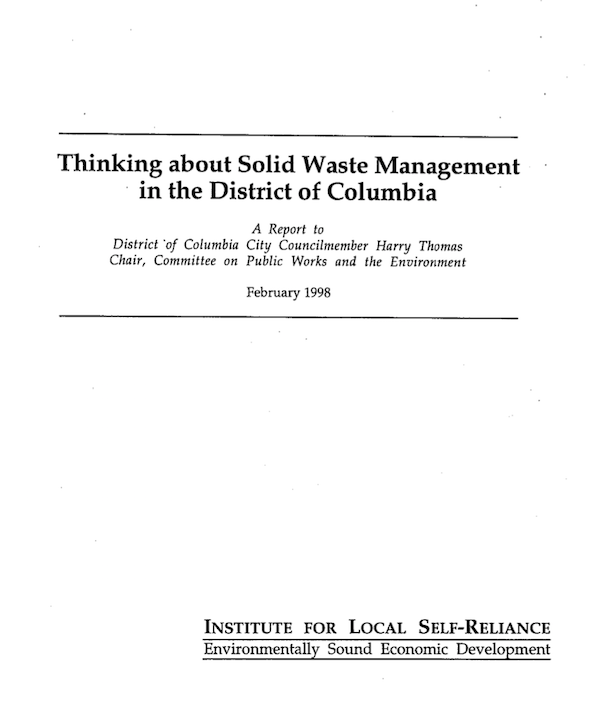Compost yard trimmings Only those programs with comprehensive composting of segregated organics have achieved very high levels of materials recovery.
Target a wide range of materials For a community to recover a high percentage of its total waste, it must target a variety of materials. Targeting only two or three materials (for example, newspapers, bottles, cans) is insufficient to achieve high levels of recovery.
Require resident participation Communities with mandatory participation ordinances have significantly higher household participation rates than those communities with voluntary programs.
Institute economic incentives Economic incentives, such as pay-as-you-throw fees, can also contribute to high household participation levels. Under pay-as-you-throw systems, residents pay by volume or weight for the trash they set out at the curb. Such fees are a direct economic incentive to reduce trash and recover as much as possible.
Design programs for convenience Residents are more likely to participate if set-out requirements are uncomplicated and recyclables collection is frequent. Providing adequate containers for material storage and set-out also improves convenience. Providing both curbside collection and drop-off sites for materials gives residents more recycling options. On-site recycling at multi-family buildings makes recycling convenient to more residents.



